Tip 1: Background Checks
Location is crucial. When you're deciding where to position the bike, check out what's behind and how it works with the lines and colors of the bike. Try to find something that contrasts slightly in color with the bike, which will help your subject stand out. I like to use industrial garage doors, brick walls that aren't too "busy", or just an open field and clean sky.
<Wall>
Avoid things with too many heavy or strange lines, such as a rod iron fence.
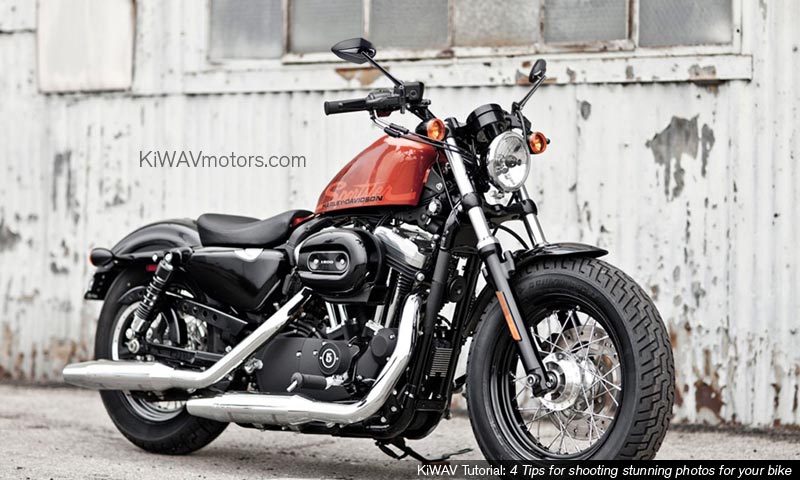

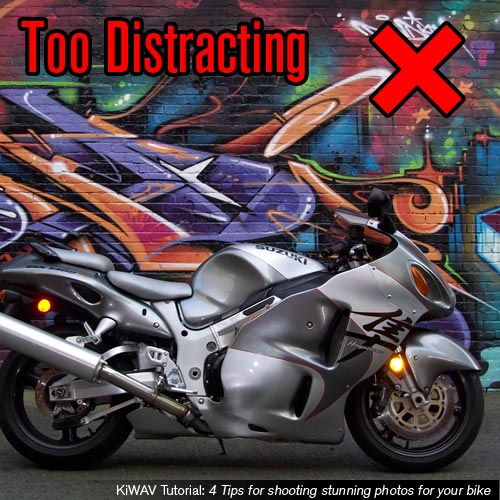
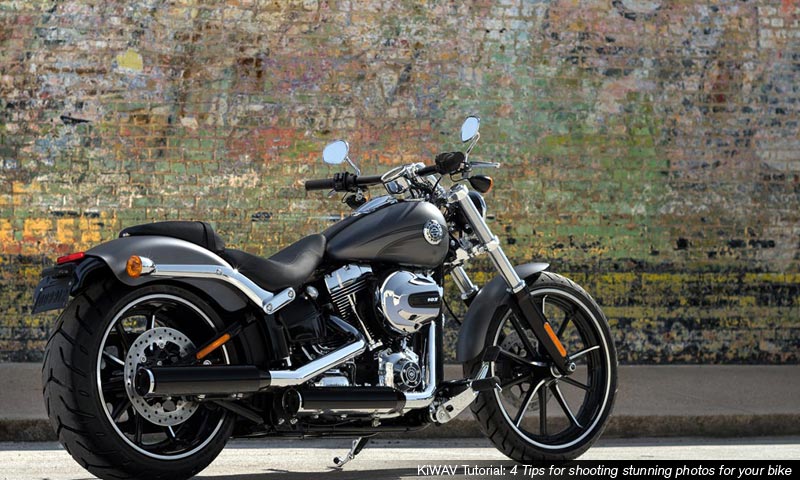
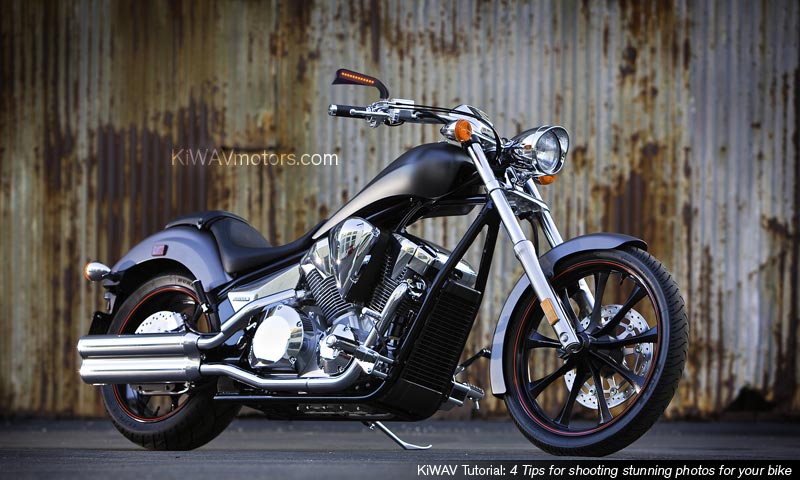
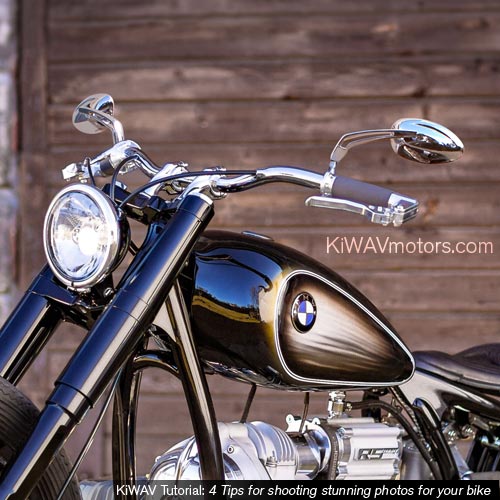
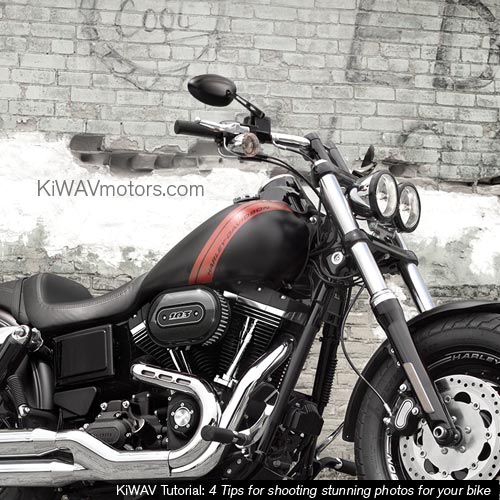
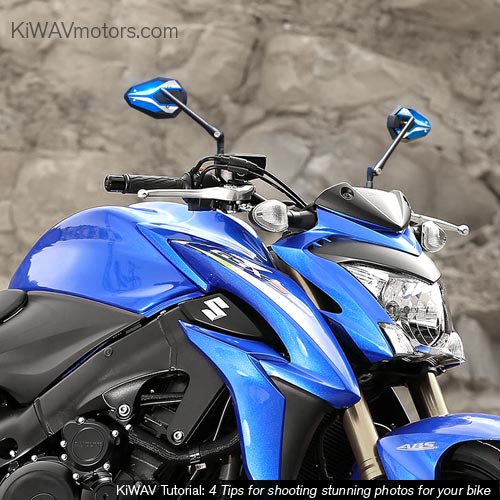
<Road>
When we look at a photo, our eye is naturally drawn along lines. By thinking about how you place lines in your composition, you can affect the way we view the image, pulling us into the picture, towards the subject, or on a journey "through" the scene.
There are many different types of lines - straight, diagonal, curvy, zigzag, radial etc - and each can be used to enhance our photo's composition.
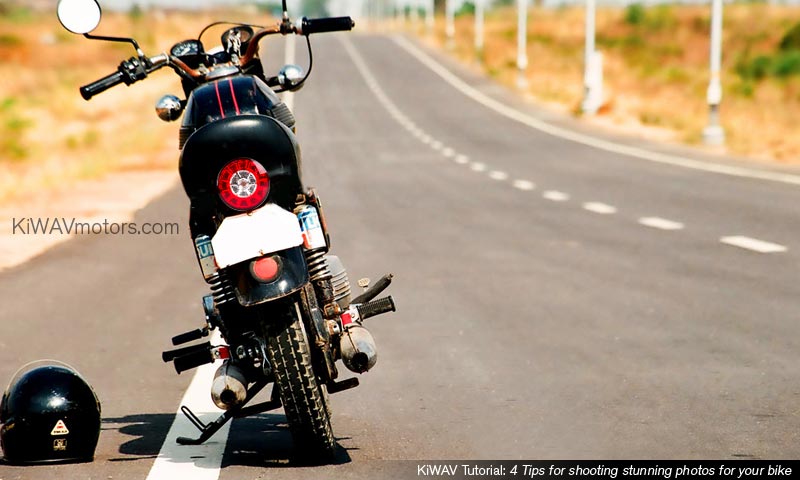

<Natural scenery>
Avoid large tree trunk, utility pole and such into the frame.
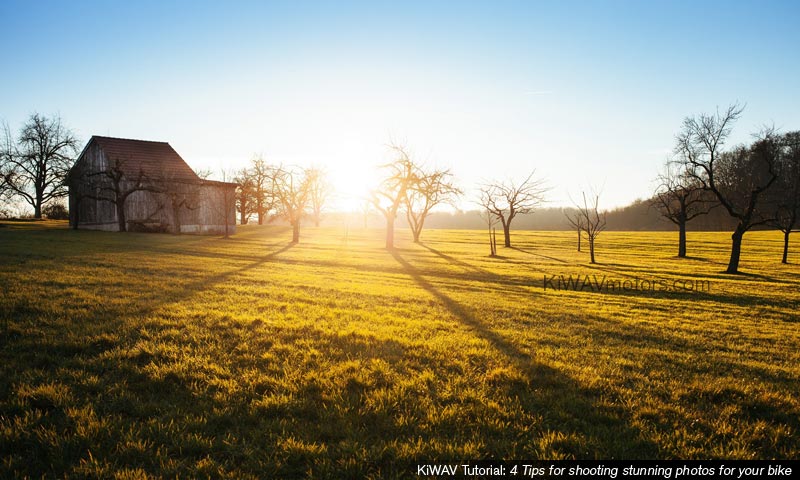
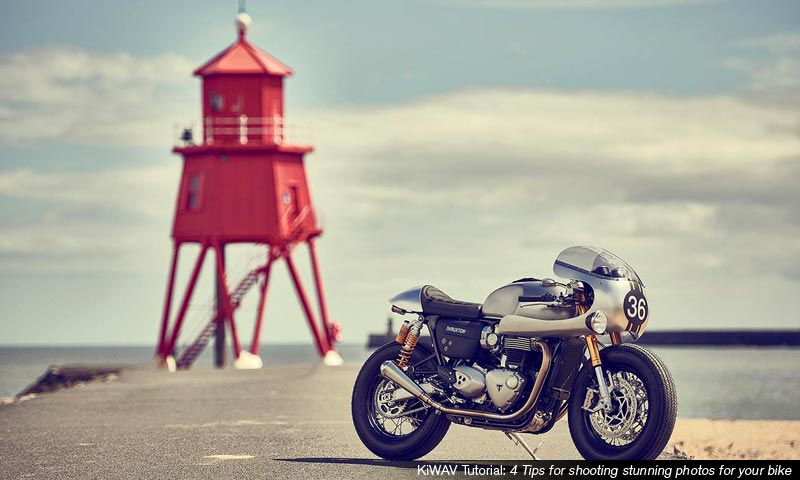
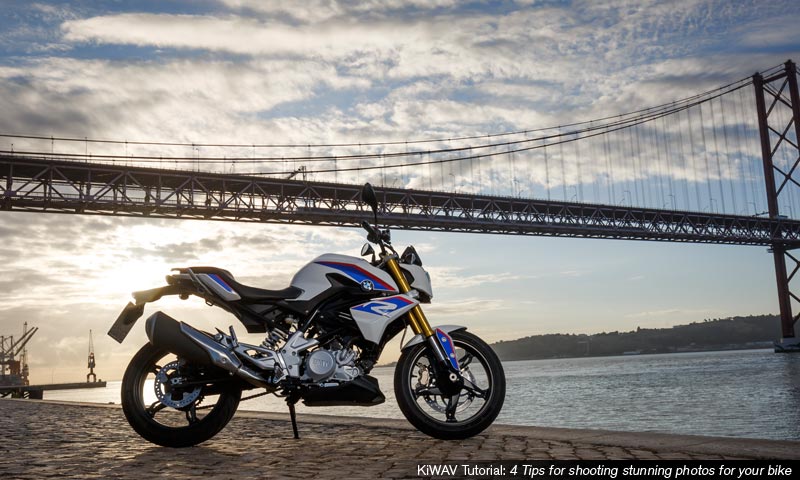

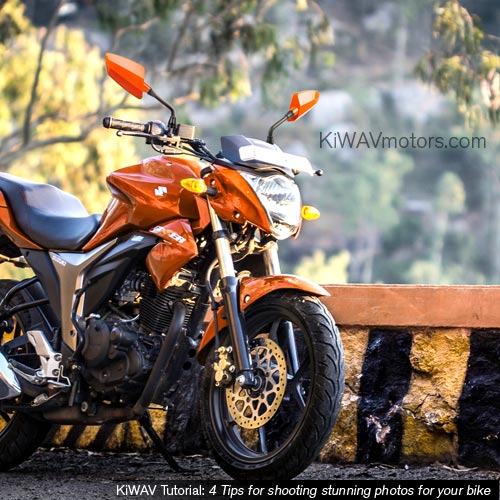
Tip 2: Lighting is everything
You'll need to pay attention to timing when shooting outdoors. The best times of day are in the early morning and evening dawn, when the sunlight is lower and less harsh, and when its red glow will light your bike in a more interesting way.
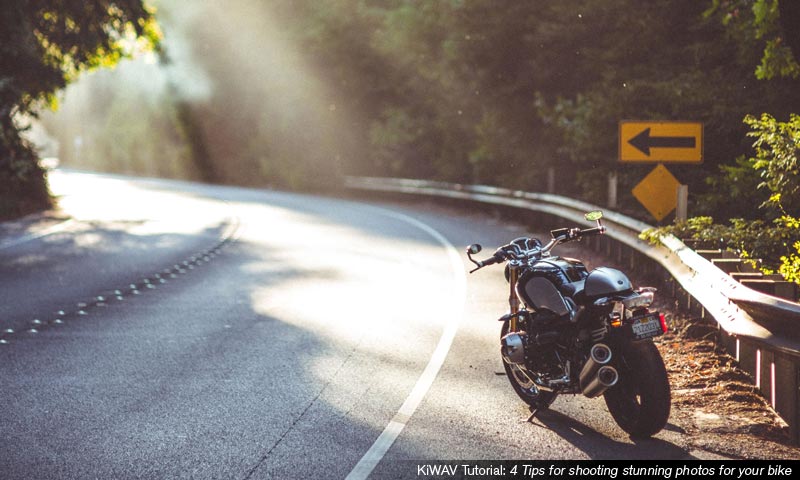
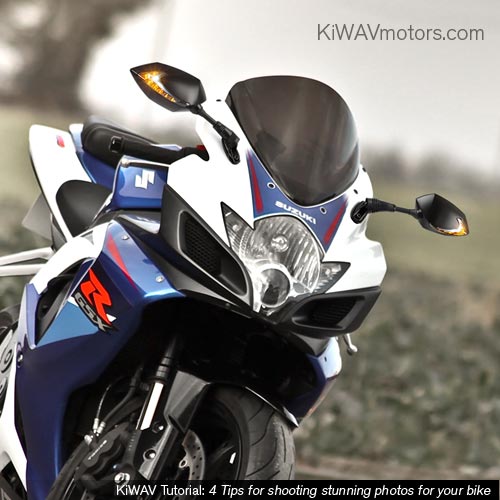
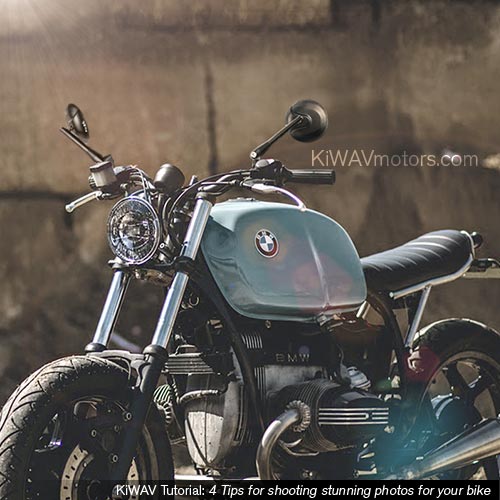
<Night>
A key concern when photographing at night is camera vibration as a result of long exposure times. A sturdy tripod is very important in such circumstances.
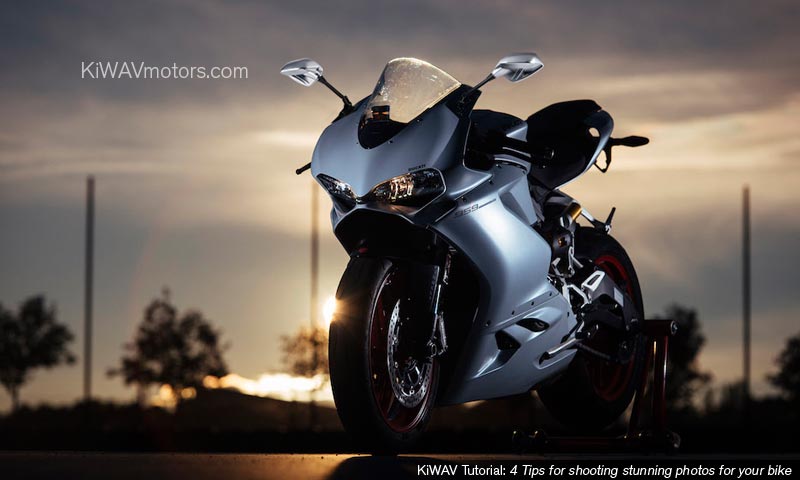

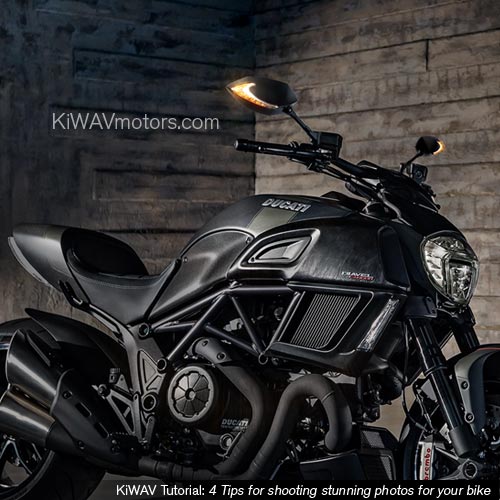





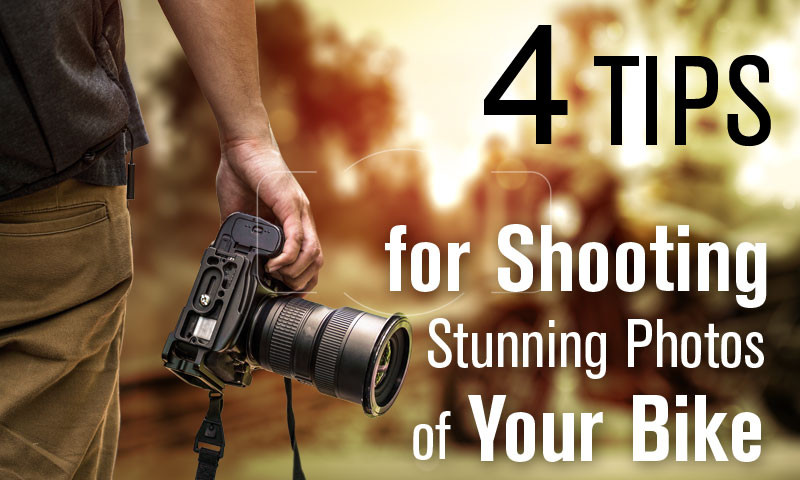


Comments